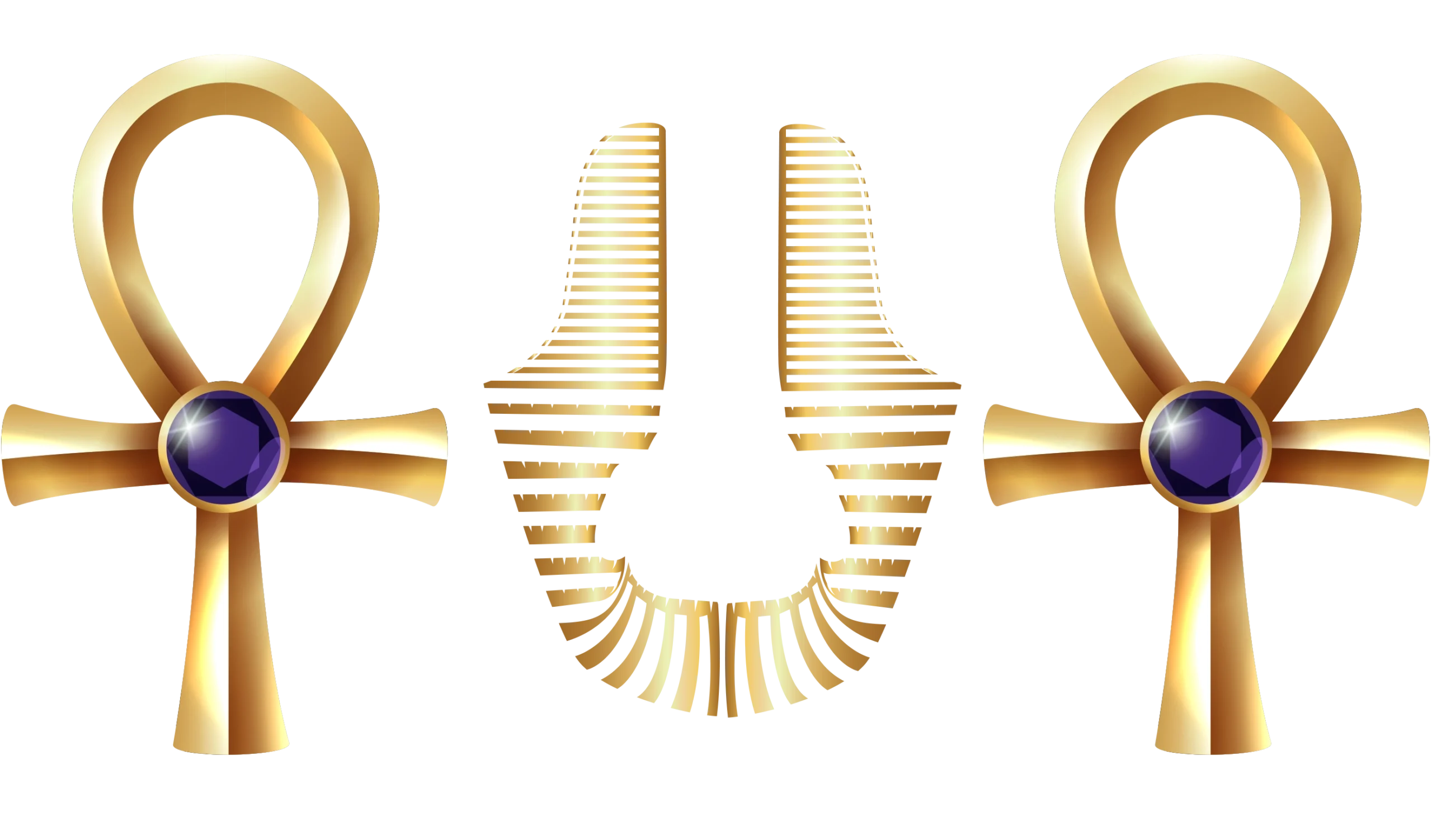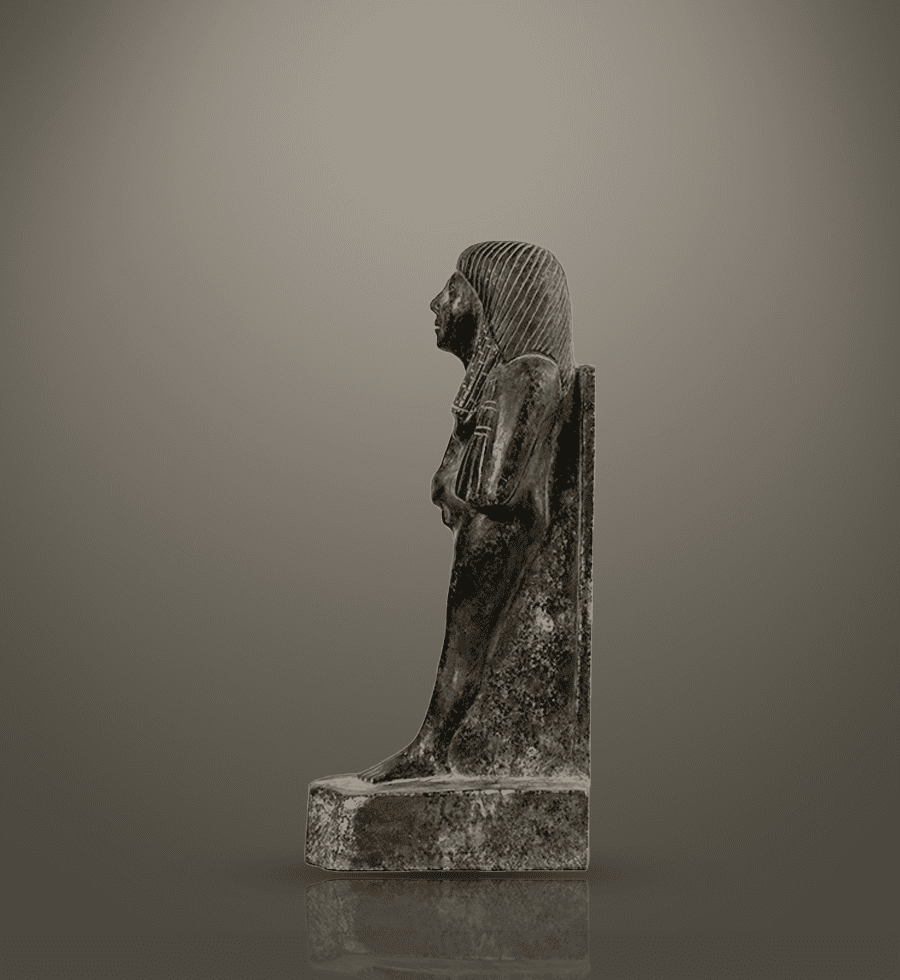Cleopatra: The Last Pharaoh of Egypt
The statue of Cleopatra presents her in a regal pose, capturing her status as the last active pharaoh of ancient Egypt. Cleopatra is known for her powerful leadership, intelligence, and ability to navigate through complex political challenges. As a ruler, she worked to preserve Egypt’s independence during a period of growing Roman influence. This statue reflects her strength and grace, reminding us of her significant place in history.
Cleopatra’s reign marked the end of Egypt’s pharaonic era. Her diplomatic and strategic alliances with two of Rome’s most influential leaders, Julius Caesar and Mark Antony, are central to her legacy. These relationships, while romantic, also played a key role in Cleopatra’s efforts to secure Egypt’s future. The statue not only symbolizes Cleopatra’s political acumen but also reflects her famous romances, which continue to captivate historians and storytellers alike.
Political and Romantic Legacy of Cleopatra
Cleopatra’s life is defined by her role as a leader and her ability to forge alliances. Her relationship with Julius Caesar allowed her to regain control of Egypt and strengthen her position. After Caesar’s assassination, Cleopatra aligned with Mark Antony, forming one of history’s most famous love stories. This alliance, while romantic, was also a strategic move to maintain Egypt’s independence. The statue of Cleopatra reflects this balance between her political leadership and personal relationships.
These alliances, however, eventually led to a tragic end for Cleopatra and Mark Antony. Their defeat by Octavian marked the fall of both Antony’s ambitions and Cleopatra’s reign, leading to Egypt’s integration into the Roman Empire. Cleopatra’s statue symbolizes this complex legacy of power, romance, and political intrigue.
Artistic Craftsmanship and Historical Importance
The Cleopatra statue is a fine example of ancient craftsmanship. Sculpted with intricate details, it showcases Cleopatra in royal attire, emphasizing her authority and dignity. Artists often depicted Cleopatra with symbols of her reign, such as the uraeus (the cobra), which represented her divine right to rule. The combination of her regal posture and the symbolic elements highlights Cleopatra’s importance as a ruler and a woman of influence in both Egypt and Rome.
This statue serves as a lasting tribute to Cleopatra’s legacy, capturing her as a powerful leader and symbol of Egypt’s final days before Roman rule.
For more insights into Cleopatra’s life and reign, visit our Ancient Egyptian Rulers Guide. You can also explore our Alabaster collection of Egyptian Historical Figures for similar artifacts.










Reviews
There are no reviews yet.